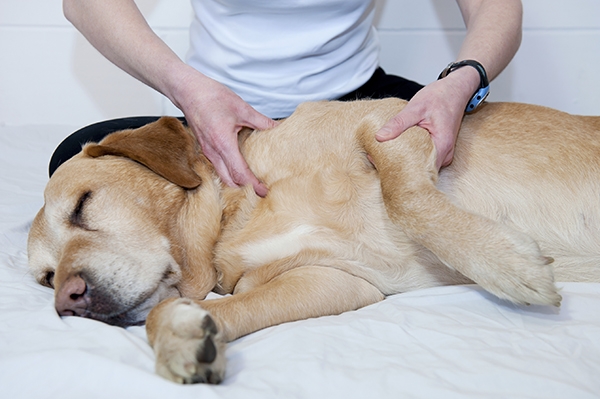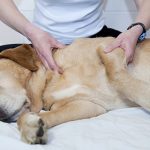This is a question that I am often asked when talking with people who are unfamiliar with the concept of Bowen Therapy.
The short answer is no, Bowen Therapy Technique is not massage. Both modalities are bodywork, complementary therapies that use touching or manipulation of the body tissue. They have common benefits relieving tension, pain and enabling healing, but are different in the their application and some outcomes.
The Technique is named after the man who developed it, Tom Bowen (1916–1982), who practiced soft tissue therapy in Geelong, Victoria during the 1950’s. He discovered that his patients were getting great health benefits from his particular approach to treating pain and health issues.
At the core of his therapy is the “manoeuvre” of tissue, in a “two-directional cross fiber” technique, at distinct points on the body. The moves are applied in a specific sequence to influence particular groups of muscles, tendons, ligaments, connective tissue (Fascia), skin and organs. The pressure is sufficient to effectively roll the tissue and is adjusted to the sensitivity and tenderness of the individual. It is not usually painful.
Typically, there are fewer moves than massage and short pauses are included to allow the body time to adjust to the stimulation of nerve pathways, which then release any spasm and induce relaxation. The body is divided into zones, and moves are applied in alternate zones throughout the treatment to avoid overloading any one area.
The focus of Bowen Therapy is movement, stretching and stimulation of the connective tissue or Fascia. Simplified, Fascia is a complex network of tissue made up of collagen protein chains in a “ground substance”, which can vary in consistency from a more fluid to a more solid state. It forms a continuous network throughout the body, surrounding every cell and joining all body parts together. The body processes are dependent on the movement of fluid through this tissue to cells to receive their hydration, nutrients, hormones and antibodies, and for the removal of toxic waste products.
Our cells use energy and produce heat when we move during our daily activity or exercise. This movement keeps our tissue moist and flexible. When we are inactive the tissue dries and stiffens, making movement more difficult particularly as we age. Injuries or arthritis can make movement painful and tissue binds together while muscle starts to wither. This results in a downward spiral of decreasing mobility. If you don’t use it, you lose it! Bowen Therapy moves assist in circulation by manipulating the fibers of the Fascia to free up pathways for nutrients and hydration, restoring fluidity, as well as improving lymphatic drainage.
There are close correlations between the principles of Chinese medicine and Bowen, in that Bowen moves influence acupressure points, relieving pain and improving the flow of energy through the Fascia network to the body systems.
This low-impact, holistic technique packs a powerful punch for the whole body, helping it to heal itself.
Deane Juhan “Job’s Body” (Juhan, 1997)
Smart Bowen International Training College – Small Animal Bowen Certificate Course






Leave a Reply